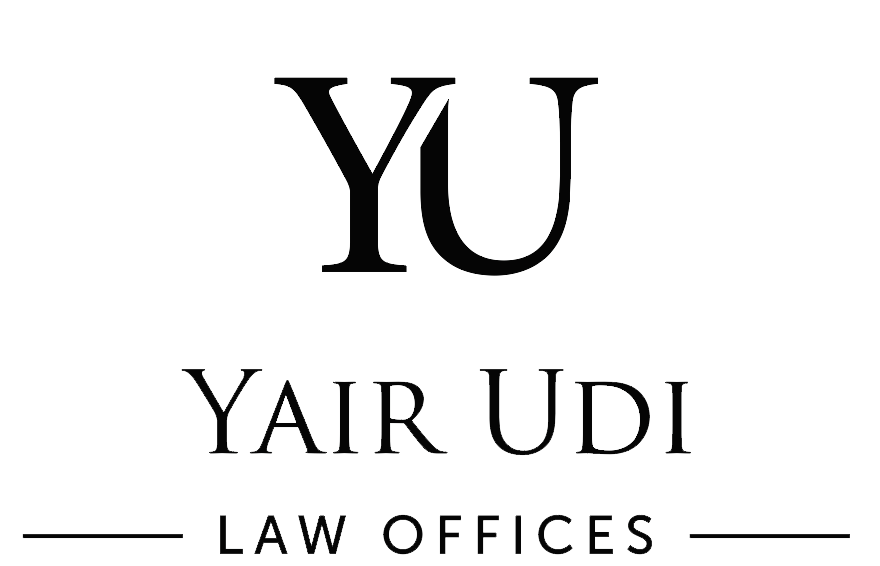Simple Agreement for Future Equity (SAFE) is a legal agreement between startup and investor. Startups use SAFEs to raise capital mostly (but not only) during their seed financing rounds. There are different types of SAFEs, and in this article, we will discuss Pre-Money and Post-Money SAFEs and how they differ from each other.
To understand the main difference between pre-money and post-money SAFE, it is important to understand the concept of “Valuation-Cap.” A valuation Cap is one of the ways to calculate the conversion price per share in SAFE agreements, meaning, the price the investor would pay for each share, upon conversion of the SAFE. The valuation cap basically determines the maximum price at which your convertible security will convert into equity.
In pre-money SAFE, the valuation of the company is determined by excluding the shares issued upon conversion of SAFEs (SAFEs and convertible notes). Whereas in post-money SAFE, the valuation of the company is determined while including shares issuable upon conversion. To better understand, suppose there is a company worth $ 1 million, and it enters into a SAFE with an investor to raise $ 500,000.
If the company chooses pre-money SAFE, it is valued at $ 1 Million before the investment, and post-investment, it will be valued at $ 1.5 Million, but the investor would not hold 33% of the company, because other SAFEs, as well as other convertibles, will effect the investor’s holdings. As SAFE does not impact the company’s ability to raise further funds through other SAFEs, the company will continue to raise funds, which will dilute the ownership of our $ 500,000 investor, and the investor would have no certainty as to his post-conversion holding percentage.
On the other hand, if the company chooses post-money SAFE, the valuation, i.e., $ 1 Million, includes $ 500,000 and consequently, the shareholding of the investor is 50% ($ 500,000 is 50% of $ 1 Million).
Pre-money SAFEs calculate the conversion price per share based on company capitalization without including the shares to be issued upon conversion of SAFEs. This implies that each subsequent investment will dilute the ownership of previous investors. Thus, pre-money SAFEs are favorable to startup founders as it allows them to get pre-valuation funding like a convertible note.
On the other hand, in post-money SAFEs, the shares that will be issued upon conversion of SAFEs are already included in company capitalization. Thus, it ensures that dilution in ownership percentage is borne by the shareholders and not the SAFE holders/Investors. The major drawback of pre-money SAFE is that it did not allow investors to know their ownership percentage upfront. In response to the same, Y Combinator introduced post-money SAFE, which gives a fair idea of the ownership percentage at the time of investing.
Both SAFEs primarily differ on how we choose to calculate the number of shares that the investor gets in a valuation cap conversion event. Despite such a significant difference, there are various similarities between both agreements. For example, both types of SAFEs can have conversion discounts, MFN (Most favored Nation Clause) and elective Pro-Rata Rights. Pro-rata rights give an advantage to an investor to maintain ownership percentage rights by investing in future financing rounds. From the above discussion, it can be concluded that there are significant differences between pre and post-money SAFE.
Thus, the founders and investors need to negotiate beforehand on the type of SAFE they want to use as per their requirements, and only then other terms like discounts, caps, etc. Startups must choose the pre or post-money SAFE based on the level of funding they want to raise. It is advisable to use pre-money SAFE for small and initial funding rounds. In contrast, post-money SAFE can be used when companies want to keep track of ownership and dilution changes during fundraising and future rounds.
As pre and post-money SAFEs are determined as a result of how the valuation cap and the resulting price per share are calculated, investors must consider this fact before entering into a SAFE agreement as it helps determine the ownership percentage after the financing round is complete.
DISCLAIMER
This content is brought to you for informational purposes only, you should not construe any such information or other material as legal, tax, investment, financial, or other advice. Nothing contained on this website constitutes a solicitation, recommendation, endorsement, or offer by any person or any third party service provider to buy or sell any securities or other financial instruments in this or in in any other jurisdiction in which such solicitation or offer would be unlawful under the securities laws of such jurisdiction.
THIS ARTICLE IS PROVIDED FOR INFORMATIONAL PURPOSES ONLY AND DO NOT CONSTITUTE LEGAL ADVICE. THIS ARTICLE IS PROVIDED WITHOUT ANY WARRANTY, EXPRESS OR IMPLIED, INCLUDING AS TO ITS LEGAL EFFECT AND COMPLETENESS. THE INFORMATION SHOULD BE USED AS A GUIDE AND MODIFIED TO MEET YOUR OWN INDIVIDUAL NEEDS AND THE LAWS OF YOUR STATE, BY INDEPENDENT COUNSEL YOU RETAIN. YOUR USE OF ANY INFORMATION CONTAINED IN THIS ARTICLE, IS AT YOUR OWN RISK. WE, OUR EMPLOYEES, CONTRACTORS, OR ATTORNEYS WHO PARTICIPATED IN PROVIDING THE INFORMATION CONTAINED HEREIN, EXPRESSLY DISCLAIM ANY WARRANTY, AND BY DOWNLOADING OR USING OR RELYING ON THIS ARTICLE; NO ATTORNEY-CLIENT RELATIONSHIPS ARE CREATED. DO NOT USE THIS ARTICLE WITHOUT AN INDEPENDENT LAWYER YOU HAVE SPECIFICALLY RETAINED FOR SUCH PURPOSE.
© 2022 Yair Udi – Law Offices. All rights reserved

